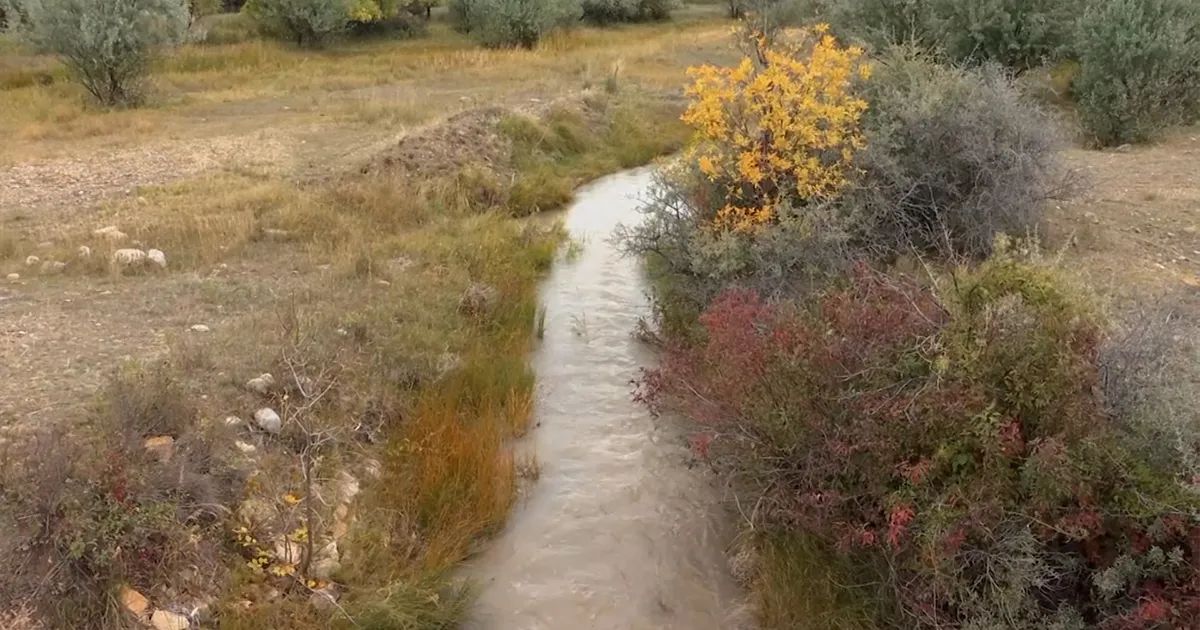
EPA Finalizes Changes to WOTUS Rule
August 30, 2023
The EPA removed the term "significant nexus" from the waters of the U.S.(WOTUS)rule in a final revision announced by the agency Tuesday after the Supreme Court in May declared unconstitutional the jurisdictional test that has been the subject of intense opposition and litigation for nearly a decade.
In addition, the revision clarifies wetlands are not defined as adjacent or jurisdictional in the Clean Water Act solely because they are "bordering, contiguous or neighboring" or separated from other waters by manmade barriers.
This was a point of contention in the lawsuit brought by property owners Michael and Chantell Sackett.
The agency's use of the significant-nexus standard has been at the heart of opposition from agriculture and other industries to recent iterations of the WOTUS rule.
The standard essentially allowed the EPA and the U.S. Army Corps of Engineers to determine whether waters are covered by the law if there is a chemical connection to larger navigable water bodies.
"While I am disappointed by the Supreme Court's decision in the Sackett case, EPA and Army (Corps of Engineers) have an obligation to apply this decision alongside our state co-regulators, tribes and partners," EPA Administrator Michael S. Regan said in a news release.
"We've moved quickly to finalize amendments to the definition of 'waters of the United States' to provide a clear path forward that adheres to the Supreme Court's ruling. EPA will never waver from our responsibility to ensure clean water for all. Moving forward, we will do everything we can with our existing authorities and resources to help communities, states and tribes protect the clean water upon which we all depend."
The agency said it decided to issue the revision as a final rule to create certainty among the regulated public.
"The agencies are issuing this amendment to the 2023 rule expeditiously -- three months after the Supreme Court decision -- to provide clarity and a path forward consistent with the ruling," EPA said in a news release.
"With this action, the Army Corps of Engineers will resume issuing all jurisdictional determinations. Because the sole purpose of this rule is to amend specific provisions of the 2023 rule that are invalid under Sackett, the rule will take effect immediately. The agencies will work with state, tribal and local partners to safeguard waters in need of protection following the Sackett v. EPA decision and will continue to use all available tools to protect public health and provide clarity for stakeholders."
Priest Lake, Idaho, property owners Michael and Chantell Sackett had been battling EPA since 2007 for the right to build on land the agency deemed to be a wetland. Their property sits on a lakefront and they've argued there is no surface connection between the lake and their land.
The Supreme Court agreed, sending the EPA back to the drawing board on questions of jurisdiction.
In addition, the EPA said the WOTUS revision leaves in place several exclusions to Clean Water Act jurisdiction. The rule continues to exclude prior converted cropland, waste treatment systems, ditches, artificially irrigated areas, artificial lakes or ponds, artificial reflecting pools or swimming pools, waterfilled depressions and swales and erosional features.
"This rule spells out how the Sackett decision has undermined our ability to prevent the destruction of our nation's wetlands, which protect drinking water, absorb floods and provide habitat for wildlife," said Jim Murphy, the National Wildlife Federation's director of legal advocacy.
"Congress needs to step up to protect the water we drink, our wildlife and our way of life. In the meantime, it will be up to the states to fill the gaping hole in water protections created by the Supreme Court."
The EPA and Army Corp of Engineers have scheduled a webinar for Sept. 12, 2023, to provide updates on the new WOTUS definition, according to EPA.
In addition, the agencies said they are planning a series of listening sessions this fall with "co-regulators and stakeholders."
Source: DTN










